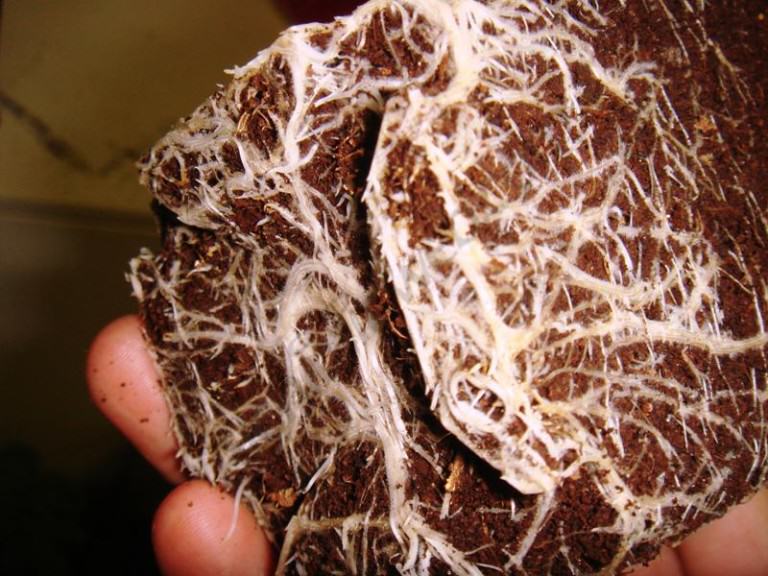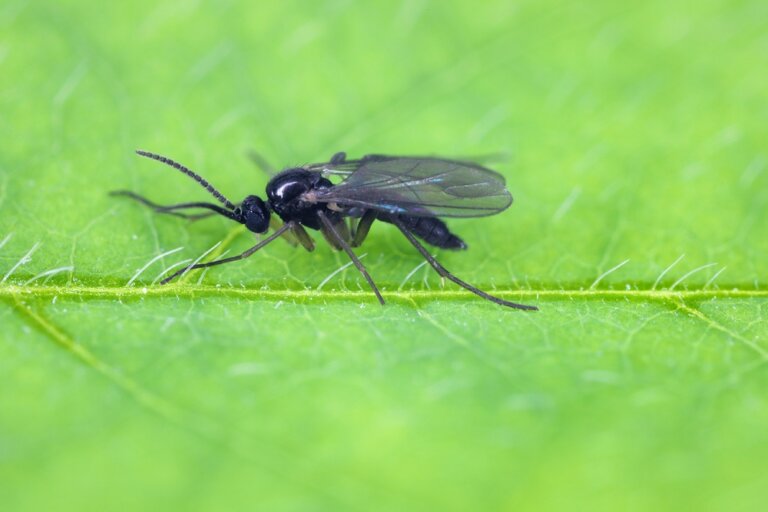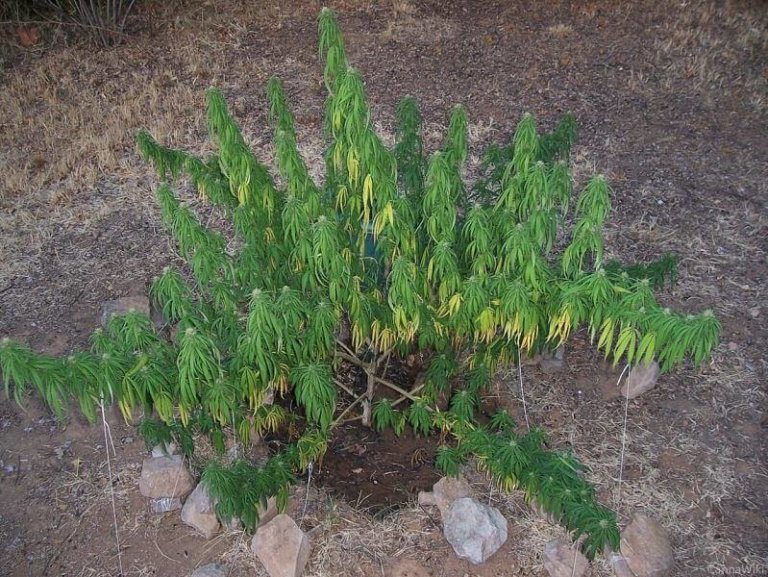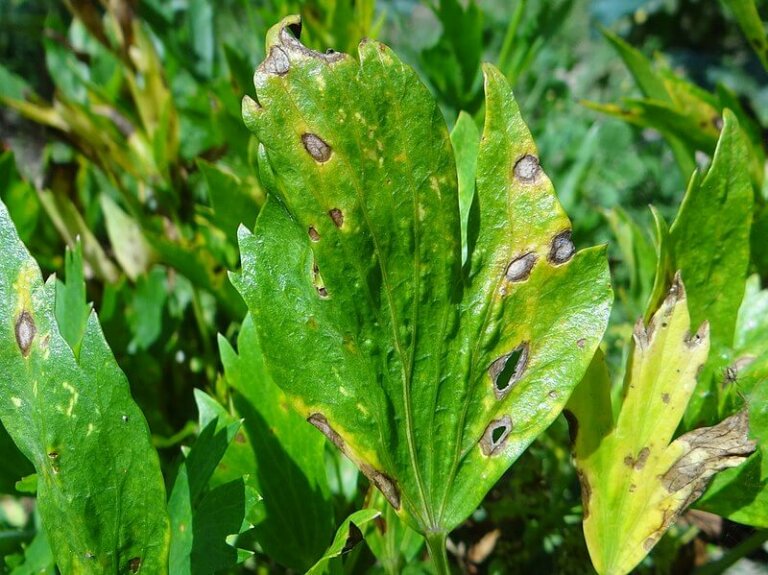Fusarium and cannabis plants
What is Fusarium?
Fusarium is, in fact, the name of a genus of filamentous fungi that live in the soil in association with plants, including cannabis. Most species are saprophytes, i.e. they feed on the debris of other organisms. Thus, Fusariosis is the name given to the disease caused in plants by certain species of Fusarium fungi (phytopathogens), which in this case develop as parasites.
They form an important contaminating agent in laboratories, and some Fusarium species attack cereals and produce mycotoxins which can affect humans and produce diseases like fungal keratitis, onychomycosis Panama disease, also several types of skin infections.
The Soviets have been accused of using Fusarium as a biological weapon in Laos, Cambodia, and Afghanistan, while in the United States, it was proposed as a weapon to eradicate coca plantations in Colombia.
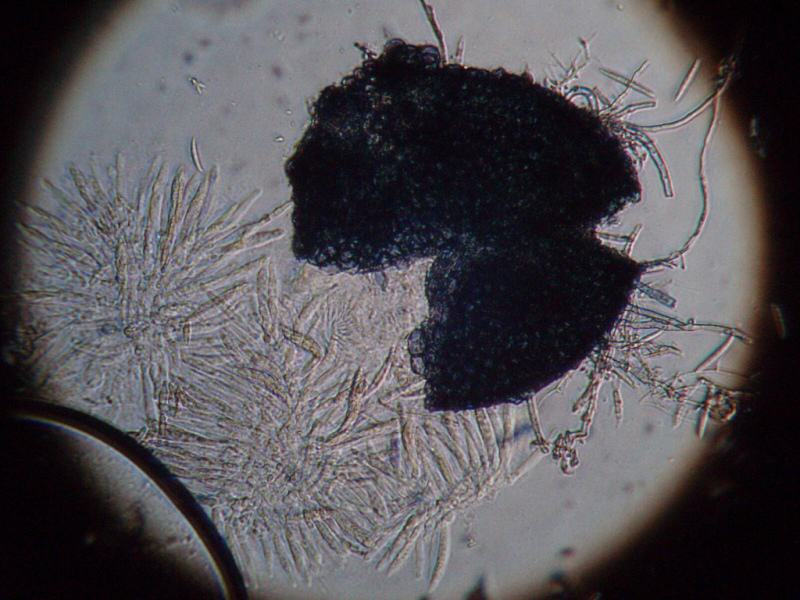
How does Fusarium affect cannabis plants?
The Fusarium fungus colonizes the xylematic tissues of plants, blocking the vessels. This blockage causes yellowing and wilting of leaves and stems, together with necrosis and, in severe cases, death of the host plant.
Colonization takes place at the soil level, either through the stem or the shallow roots, moving then to all parts of the plant through the vascular bundles.
There are various factors that can promote both the infection and reproduction of the fungus. Using seeds, growing spaces, soil, or tools that are already infected will undoubtedly lead to the growth of this fungus if propagation conditions are favorable: temperatures between 12 and 28ºC, high relative humidity levels, few hours of light, insufficient light intensity, acidic soils (low pH) or those poor in nitrogen and rich in potassium.
Nutrient solution temperatures above 24 °C can also lead to an infection, as well as soil temperatures between 20 and 34 °C in warm climates.
We should bear in mind that Fusarium has conservation mechanisms that allow it to remain active in the soil for up to 6 years, so we must remember that plants infected by this fungus will surely contaminate those around them.
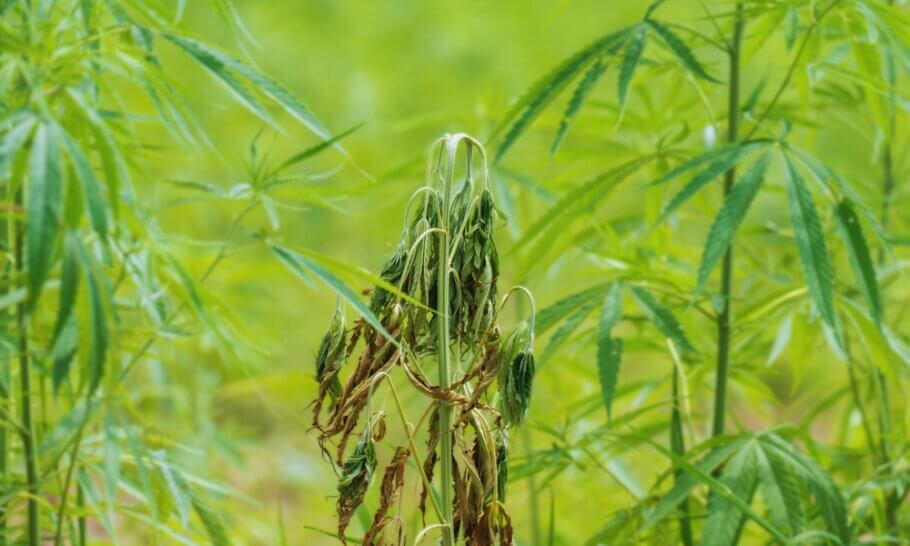
Symptoms of Fusarium
Next, we detail some of the symptoms that a plant infected by Fusarium presents:
- Rotting at the base of the stem
- Lignificación of the stem
- Nutritional deficiencies on the leaves, which turn yellow and necrotic but remain attached to the plant
- Only one branch (or part of the plant) can be infected
- Root rot
- If we cut the stem, we observe brown vascular bundles
- Normally, the infection advances from the lower part of the plant toward the top
Fusarium penetrates from the soil through wounds in the roots or the stem and via the root hairs or the younger epidermal root cells. It reaches the woody tissues (xylem) where it develops, preventing the transmission of water and spreading to all parts of the plant. Special care must be taken in outdoor crops, especially in warm areas or greenhouses.
Prevention and control of Fusarium on marijuana plants
Unfortunately, there is no effective treatment or fungicide to combat Fusarium or treat infected plants. Prevention is, therefore, the best and only option we have to avoid it; we should be very strict with hygiene in our crop, disinfecting the trimmers, irrigation tanks, plant pots, etc. before their use. Needless to say, using a quality substrate with known properties is very important.
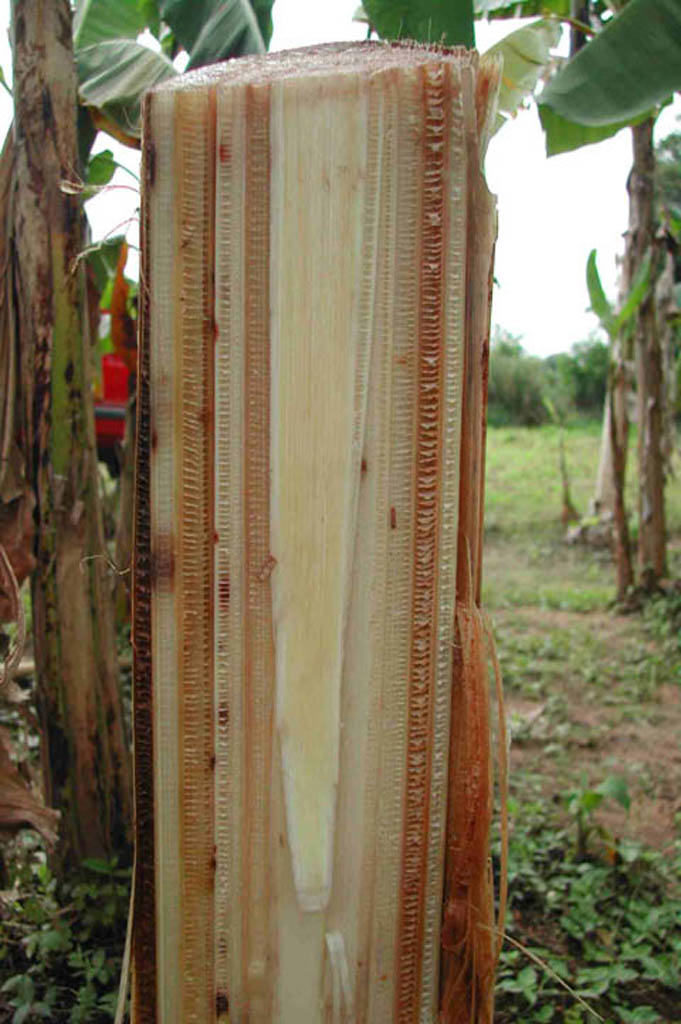
We can also water our plants less often and ensure to keep our substrate under 30ºC. Another commonly used option by many marijuana growers is adding Trichoderma to the growing media, a beneficial fungus that - in addition to providing an explosive growth of the roots - colonizes the soil and prevents the growth of other fungi.
Of course, if our crop is infected by this fungus the best we can do is to get rid of the affected plants as soon as possible, isolating them from the healthy plants. We will have to keep an eye on the remaining plants, looking for symptoms of Fusarium. Also, we can try to treat the substrate with Trichoderma.
Thus, we deal with a pest from which we can only protect our plants. One shouldn’t undervalue the damage this fungus can cause; only in the USA, between 1991 and 1996 losses of about 300,000 million dollars were estimated due to the damage caused by Fusarium in large crops of wheat and barley.































































